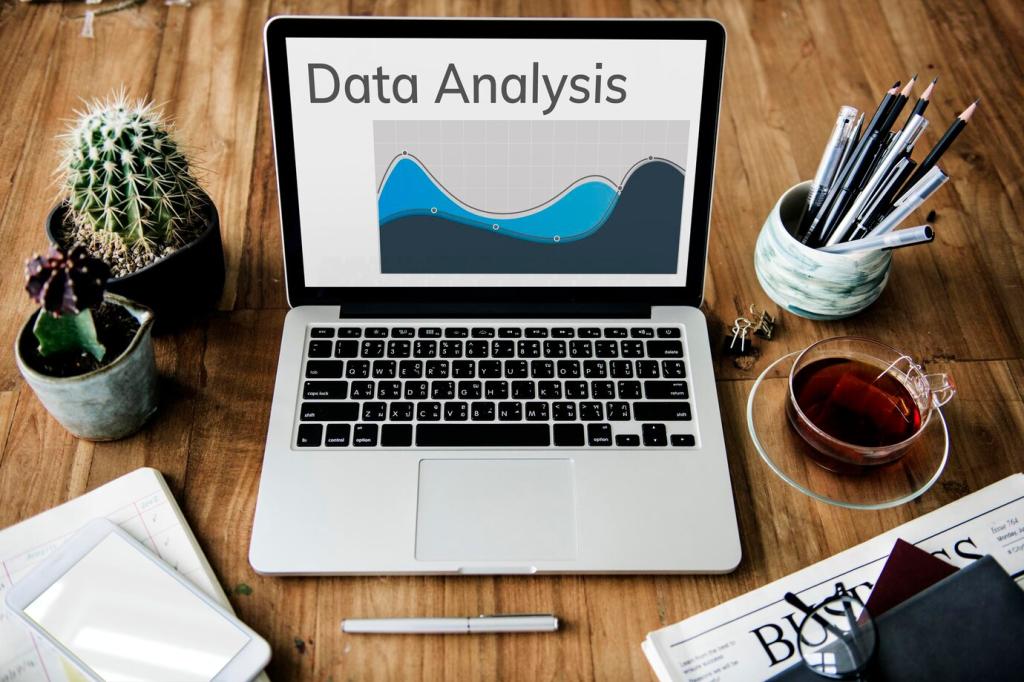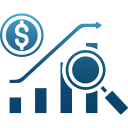Chosen Theme: The Role of Information Technology in Economic Forecasting
Welcome! Today we explore how information technology is reshaping the craft of economic forecasting—from real-time data pipelines to explainable machine learning and collaborative cloud ecosystems. Dive in, reflect on your own forecasting workflow, and subscribe to stay inspired by fresh, practical ideas.


From Data Scarcity to Data Abundance
APIs, event-driven pipelines, and stream processing have replaced manual spreadsheet uploads, shrinking lags and improving reliability. Forecasters can ingest mobility trends, freight flows, and payments signals in near real time, transforming nowcasts from static estimates into continuously updated economic narratives.
From Data Scarcity to Data Abundance
Satellite imagery, card transactions, web-scraped prices, and electricity load curves enrich forecasts when used ethically and transparently. Robust anonymization, aggregation, and governance frameworks build trust, while metadata tracking ensures reproducibility. How do you balance signal discovery with privacy and compliance obligations?
Machine Learning Meets Macroeconomics
Timely features often beat complex models: shipping dwell times, wage postings, small business sentiment, and supplier delivery indexes can anticipate revisions. Lag structures, holiday effects, and regional interactions add lift. What carefully crafted features consistently improve your short-horizon forecasts and revision stability?

Scalable Pipelines and MLOps Hygiene
Versioned datasets, containerized jobs, and continuous integration prevent fragile, one-off forecasts. With infrastructure as code and parameterized notebooks, anyone can reproduce runs and audits. Consider a staging environment for models, then promote only after rigorous, documented performance and stability checks.
Edge Signals that Matter
IoT sensors on factory floors, vehicle telematics, and point-of-sale systems offer ultra-fresh signals. Aggregated responsibly, they reveal shifts in demand and utilization hours before traditional reports. Which edge data sources could sharpen your early warnings without compromising privacy or operational integrity?
Collaboration Across Silos
Shared workspaces and governed data catalogs break barriers between economists, engineers, and domain experts. Comment threads, lineage graphs, and alerting channels shorten feedback loops. Invite stakeholders to co-own assumptions, so forecasts become a common product rather than a handoff deliverable.

Agent-Based Stories You Can Feel
Agent-based models simulate households, firms, and banks reacting to shocks with bounded rationality and frictions. When visualized, they make cascading effects tangible. Invite your audience to explore interactive levers—credit availability, wage rigidity, or inventory policies—and watch emergent dynamics unfold.

Stress Testing Supply Chains
Graph analytics and digital twins reveal bottlenecks across ports, warehouses, and suppliers. Simulations assess how floods, strikes, or cyber incidents propagate. Encourage readers to propose the next stress test variable your model should include, building a community-informed roadmap for resilience.



Talent, Governance, and Ethical Guardrails
SQL, Python, distributed computing, Bayesian reasoning, and domain-specific economics form a durable core. Add storytelling and visualization to translate insight into action. Encourage continuous learning sprints, and share your favorite courses or papers that moved your practice forward meaningfully.
Talent, Governance, and Ethical Guardrails
Great governance is an accelerator: clear ownership, quality checks, lineage, and access policies that balance security with exploration. Catalogs and metadata make assets discoverable. Post your best tip for keeping documentation living, not stale, so new teammates ramp quickly and safely.
